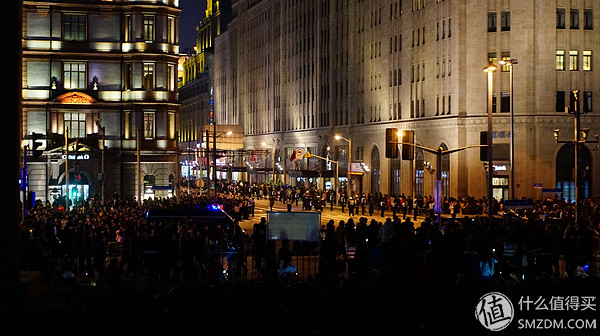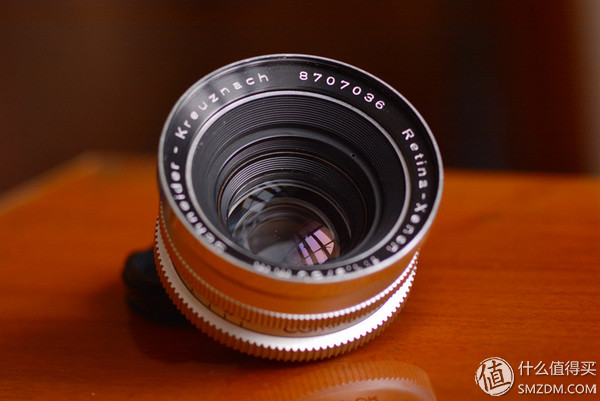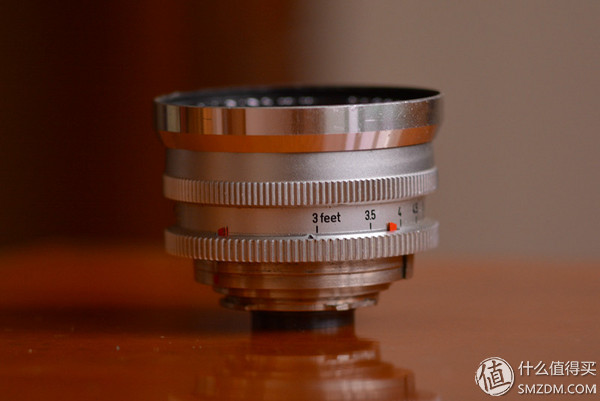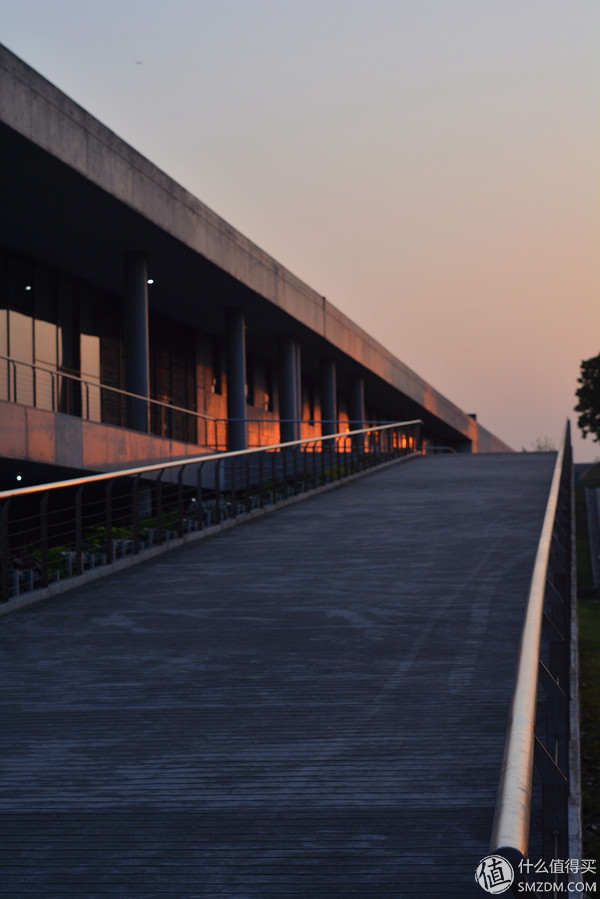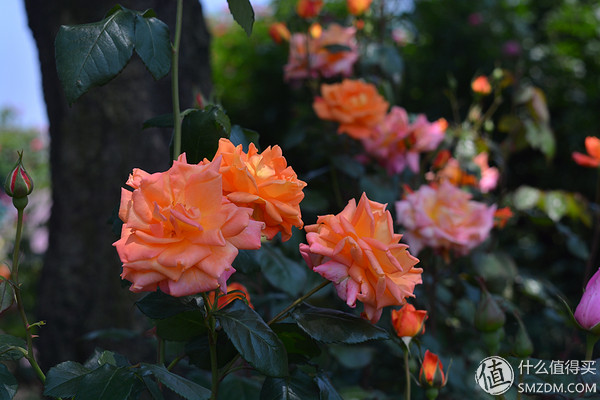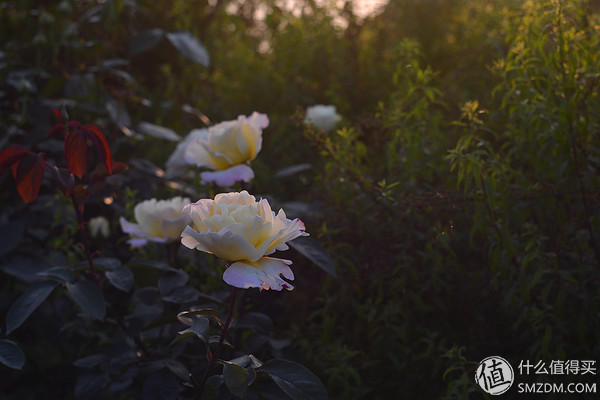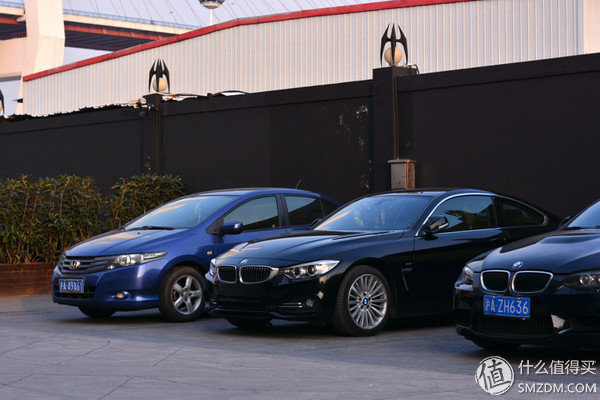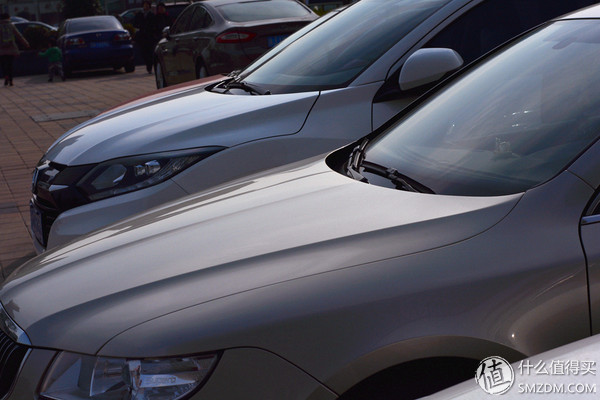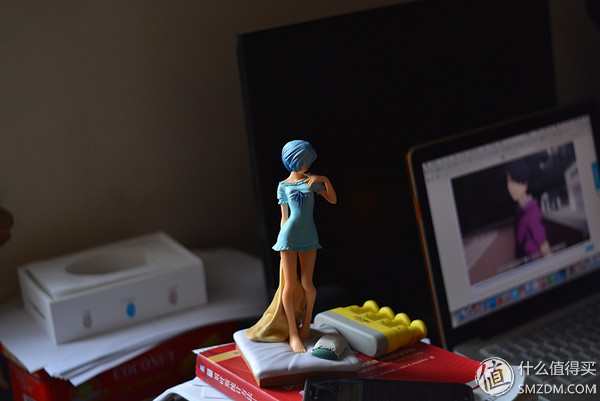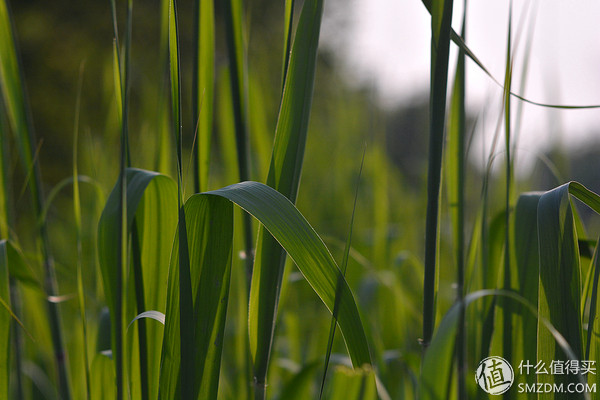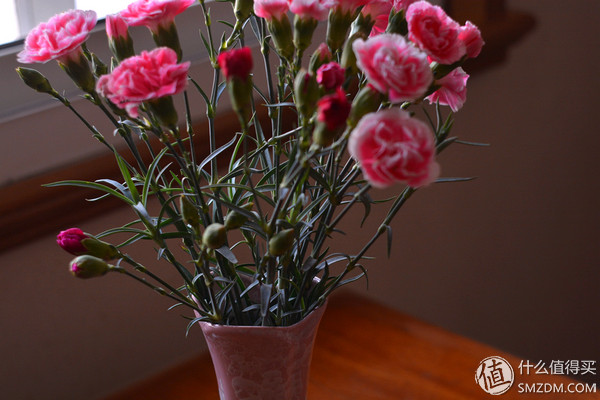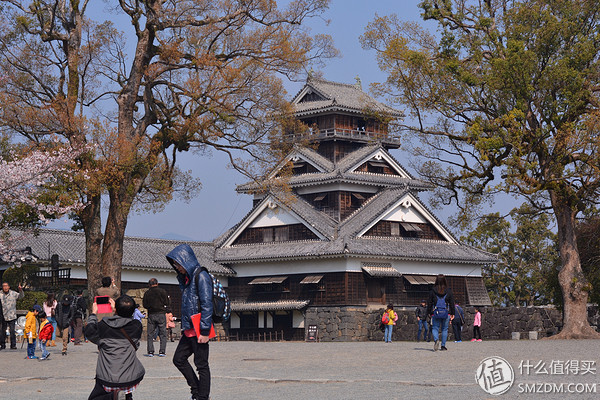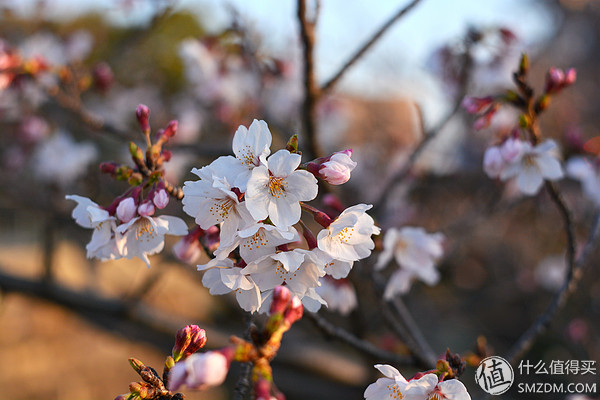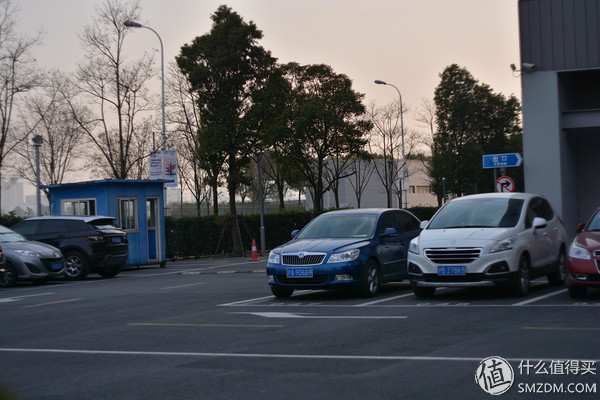Foreword: After the birth of the micro-switching weapon, the number of friends playing with the old mirror has increased a lot over the past few years. Today, when it comes to manual work, everyone is always full of emotions, but it seems that there are more than eight feathers and silver days and all over the place. Of course, these are all good mirrors, but they are indeed only one of the nine cows that have a manual lens. Between these two high and low price lens groups, there are a large number of good things with moderate prices and various styles. These are German, French, Japanese, and Russian. Optical works that span different historical periods can tell you that the old mirror transfer is not a metaphor of “tasteâ€, nor does it have to be burned heavily (although it is easy to carelessly...), but it is true. Can give you a choice of images outside the modern digital industry to help you build your own style. This series focuses on introducing some good things that are less talked about than the current ones. If it is a friend who goes deep into the manual circle, it may not be unfamiliar with these lenses. However, the information in the circle is really bad. If there is suggestion or sharing, please leave a message. text: As the opening chapter of this series, I think it is necessary to choose Schneider, a German optics factory with a long history of strong but mysterious and low-key in the mainstream. Its workmanship, quality, style and market popularity are all tailor-made for this series of themes. Schneider, known as SCHNEIDER-KREUZNACH, has a domestic reputation as a nurse. Founded in Germany in 1913, Schneider is well-known in the fields of large-scale scenery mirrors, industrial optics, and film projections. The fighting power is evident. In his history, he has designed and produced a large number of excellent lenses for various cameras including Rollei, Kodak, AGFA, Robot, Exakta, and even Leica and ALPA. The strongest deputy factory. Schneider is as powerful as Zeiss, the optical giant, and has a history of emboldenedness. Although there is no lack of loyalty and loyalty to his favorites in the country, but on the whole it is long-term lukewarm. _ â•°) â•)). The reasons for this are largely inseparable from the evaluation of “true water without fragranceâ€. Such names, including the 35/3.4 goddess of Forenda, the 100-year-old Hawkeye of Tiansei, etc., probably come from several articles written by the domestic manual circle in early writing of friends. There is no fragrance in the real water, meaning that Schneider's color reproduction is even simple, and there is no strong style of showing mountains and dew. However, the imaging details are solid and rich. On the one hand, he praises him for his low-key and stable attitude. On the one hand, he is also considered to be difficult to euphoric. As for whether or not real water can truly cover Schneider's style accurately, I hereby bluntly said that this is actually not the case. In particular, late Schneider is really not a straightforward way. First look at one: This series of articles does not carry out large-scale appraisal, the picture will not do the overall brightening (shooting manual habits underexposure to prevent overexposure and loss of high light information) in the latter part of the process, as far as possible original layout is only for the presentation and interpretation of the camera features. This photo is a JPEG straight out with the Schneider Tele-Xenar 75/3.8 lens in the Nex 5R standard color mode. Do you think the color is simple and no fragrance? In fact, almost all Schneider lenses have a very eye-catching performance in the face of red and blue hits, especially in low light, the color is more sensitive and rich, it really is not without fragrance. Let's look at one more: From Angulon 35/2.8, which was produced by Schneider for Lulu, this one is even known for its color. Under the dark environment, it can be organized in a variety of light sources, so it can't be said to be without incense? In fact, the impression that real water has no incense is mainly due to the fact that early Schneider lenses that flowed into the country were mostly single-film or early-stage multi-film lenses in the early silver age. They were mostly shots in the mainstream era of black-and-white film. They were indeed easy to use. "No incense" traits - Of course, the so-called no-frills are not as good as today's rapturous films are pleasing, but in fact very good-looking. This will be the main character of this article. Schneider's representative Retina Xenon 50/1.9, which is a fairly large aperture in this period. Let's take a look at the truth: This lens is a large aperture head made by Schneider for Kodak's critically acclaimed film SLR Retina Reflex S. The mirror set is Schneider's own Xenon double Gaussian structure. In fact, Schneider produced lenses for Kodak Retina when she was a rangefinder camera, along with Rodenstock Rodenstock, another optical manufacturer. In terms of pricing at the time, both of them were equivalent to a high version and Schneider was a regular version. This lens is roughly divided into 0.9m and 0.6m versions in terms of the closest focusing distance. The chrome-plated mirror body technology of copper tyres makes the lens of this period able to last a long time. It still looks beautiful and bright, and it is very difficult. Imagination is the product of the 1950s and 1960s. Among them, Schneider especially retains the finer lenses with its solid materials and processes. Also worth mentioning is that the back of the Retina Reflex S lens is called the DKL port, which is one of the very few types of lenses that can be used on today's SLRs and microstrips. This is undoubtedly a boon for Nikon users who are limited by the longer flange length. In terms of imaging, the color of the head focuses on reduction (although the reduction is also De Head's reduction), which is cold, but at the same time it is quite sensitive to changes in color temperature. Therefore, it is not silly, but it is colder and warmer in Germany and it is somewhat colder. Look at the pictures (50/1.9 ​​are all shot with Nikon D7100 standard color JPEG. Old friends who started with the mirror may not feel obvious at first glance, but please be patient, especially go to search for other videos. , slowly wash out some of the modern digital heavy flavor will gradually see it: In addition to color, Schneider is more praised for its high density of knots, rich three-dimensional imaging and strong sense of detail, which is in line with the Zeiss taste, but Schneider will be a bit lighter than the Zeiss treatment in the shadow. This series of traits allows the objects it shoots to exhibit a solid sense of presence. The sharp lines but not the stiffness are not the result of sharpness or resolution alone. Look at the picture: Another point that can enhance three-dimensionality is Schneider's “out-of-focus†scene. Under the same aperture, Schneider-Coke scenes are more subtle than other lenses, but at the same time, The rigorous, near-to-distance transition of the out-of-focus bokeh changes remains. As far as I personally see it, this is closer to the actual perception of the human eye and therefore strengthens the spatial sense of imaging. Look at the picture again: Finally, we talked about the relatively weak part of Xenon 50/1.9 ​​- its aberration at the edge of the image field at the large aperture is quite obvious, resulting in a situation where the corners of the large aperture are not clean (so-called soft corners). such as: In addition, under strong light conditions, if the exposure is adjusted higher, or if it is in an environment that is truly colorless, the color of Schneider will become quite plain, which is also an important reason for its lack of fragrance. One of the factors, don't expect it to be as vivid as the zeiss's T* coating. As for the tendency of this kind of reduction, the benevolent people have no problem. Personally think that this is the personality of the lens, but also the attitude of manufacturers, it is worth cherishing â•® (╯ _ â•° â•°) â• In general, the representative header of this low-profile factory has been selected to be fully crafted. Its face value is actually quite high, but its quality is excellent and its style is unique. It belongs to a type that looks more and more bearable, and the price is also really inexpensive. . It's a pity not to find a chance to touch and play. Note: For the time being, I haven’t thought about which lens to introduce next. There are too many choices, so I’d be interested to know whether it’s a specific lens or a certain type. Welcome! Vacuum UV Curing Machine,Vacuum Curing Machine,UV Machine Shenzhen Jianjiantong Technology Co., Ltd. , https://www.jjtscreenprotector.com
